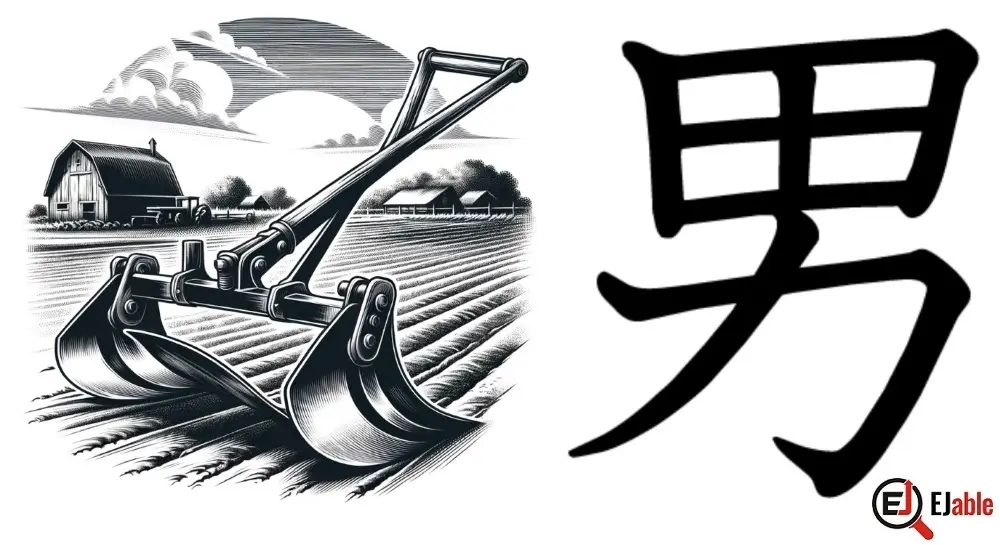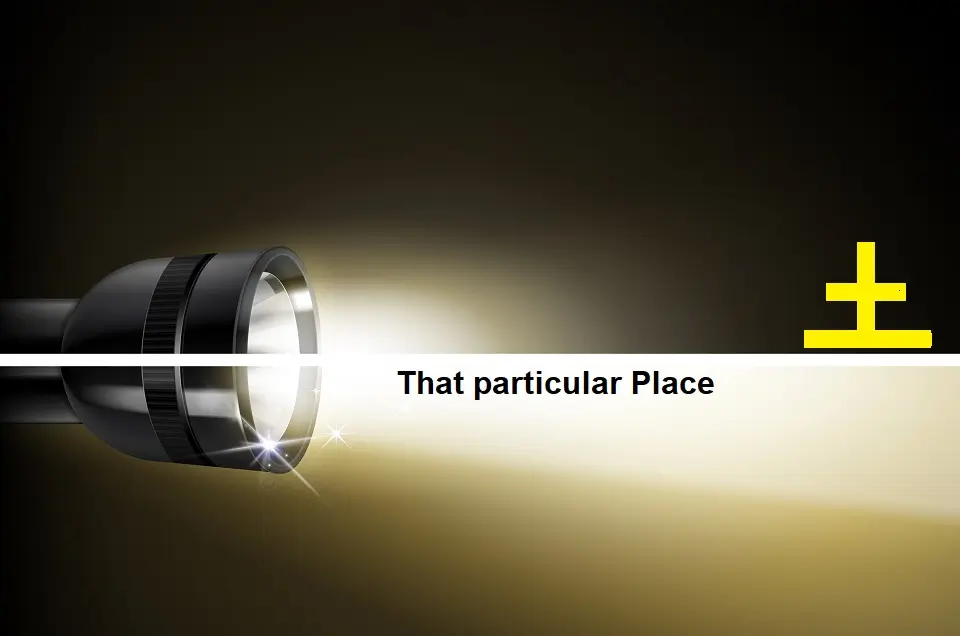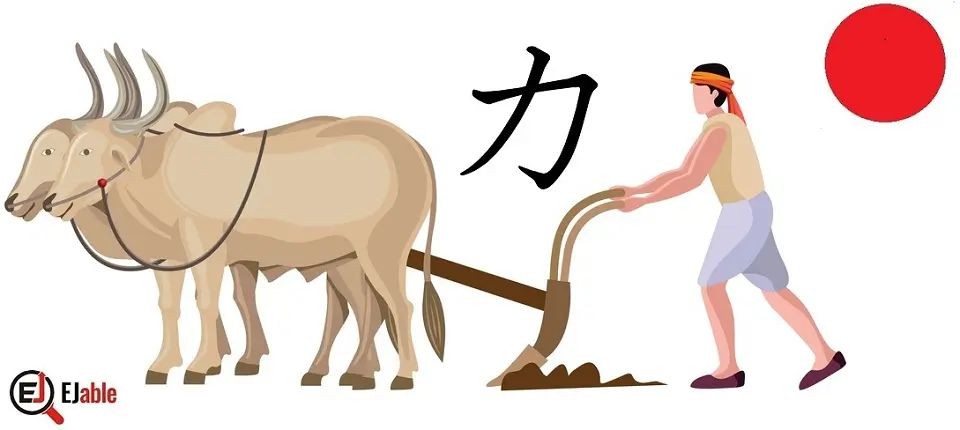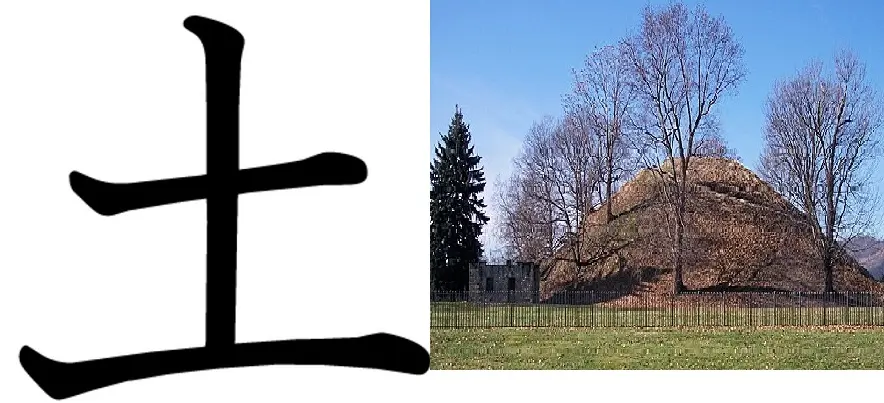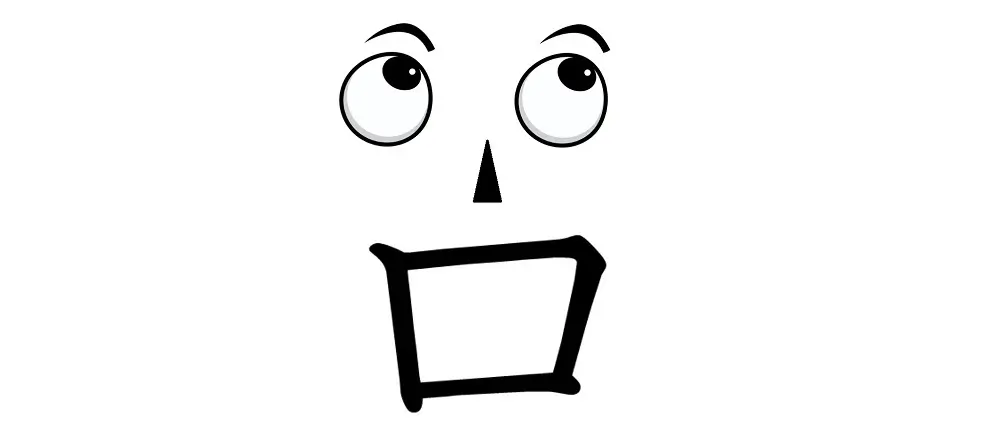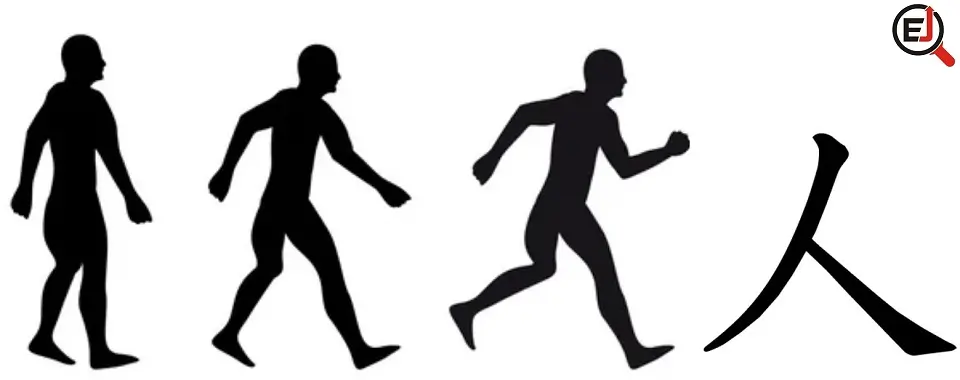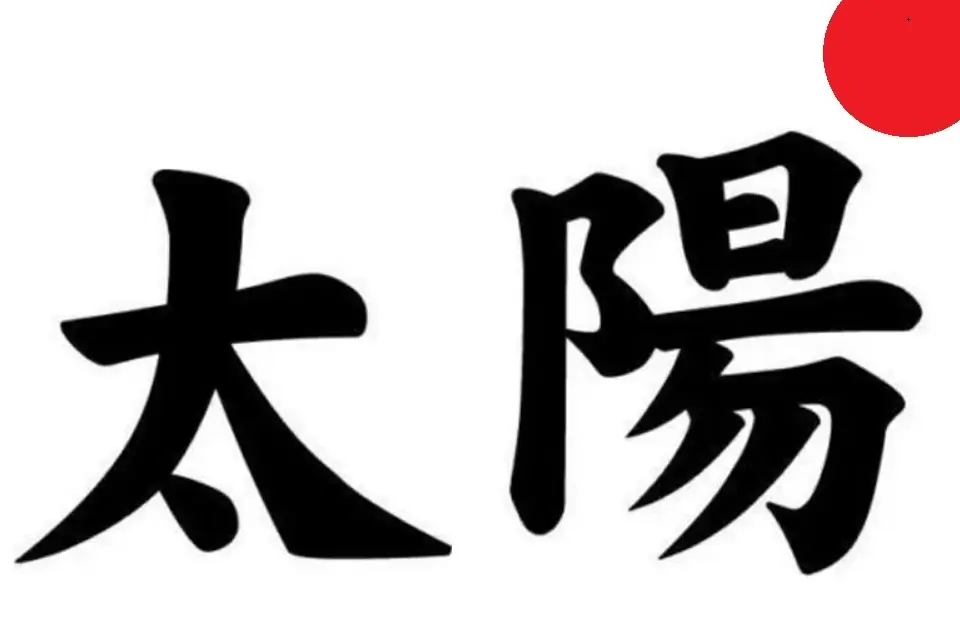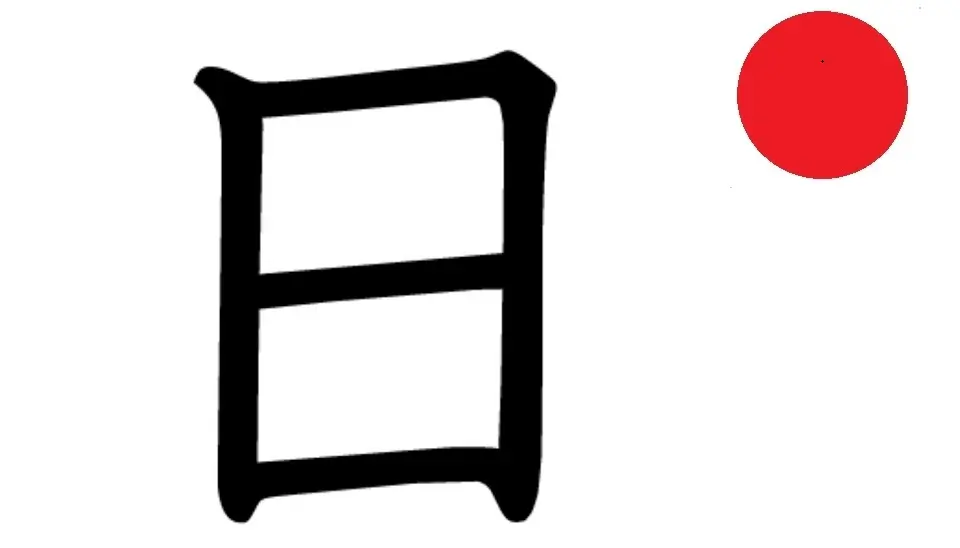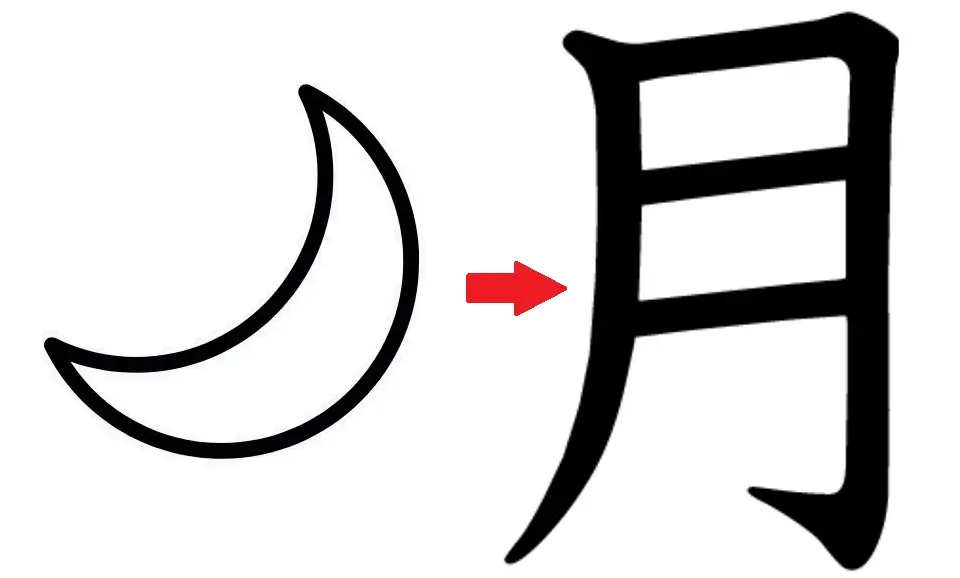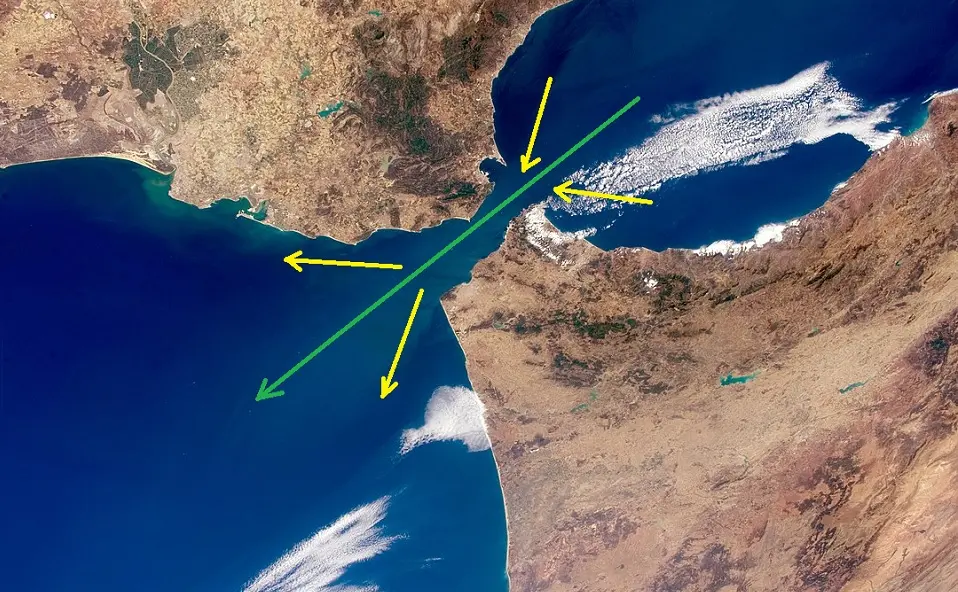Kanji for Man: 男 (Otoko)
The Japanese kanji for Man is 男. The Kunyomi or the Japanese pronunciation of the Kanji 男 is otoko (おとこ)., and the Onyomi (Chinese) pronunciation is dan (ダン) or nan (ナン). Man’s Kanji is constructed with 7 strokes. This Kanji is a part of the JLPT N5 syllabus (please check the list of JLPT N5 Kanji). In Japanese schools, this
Continue reading
